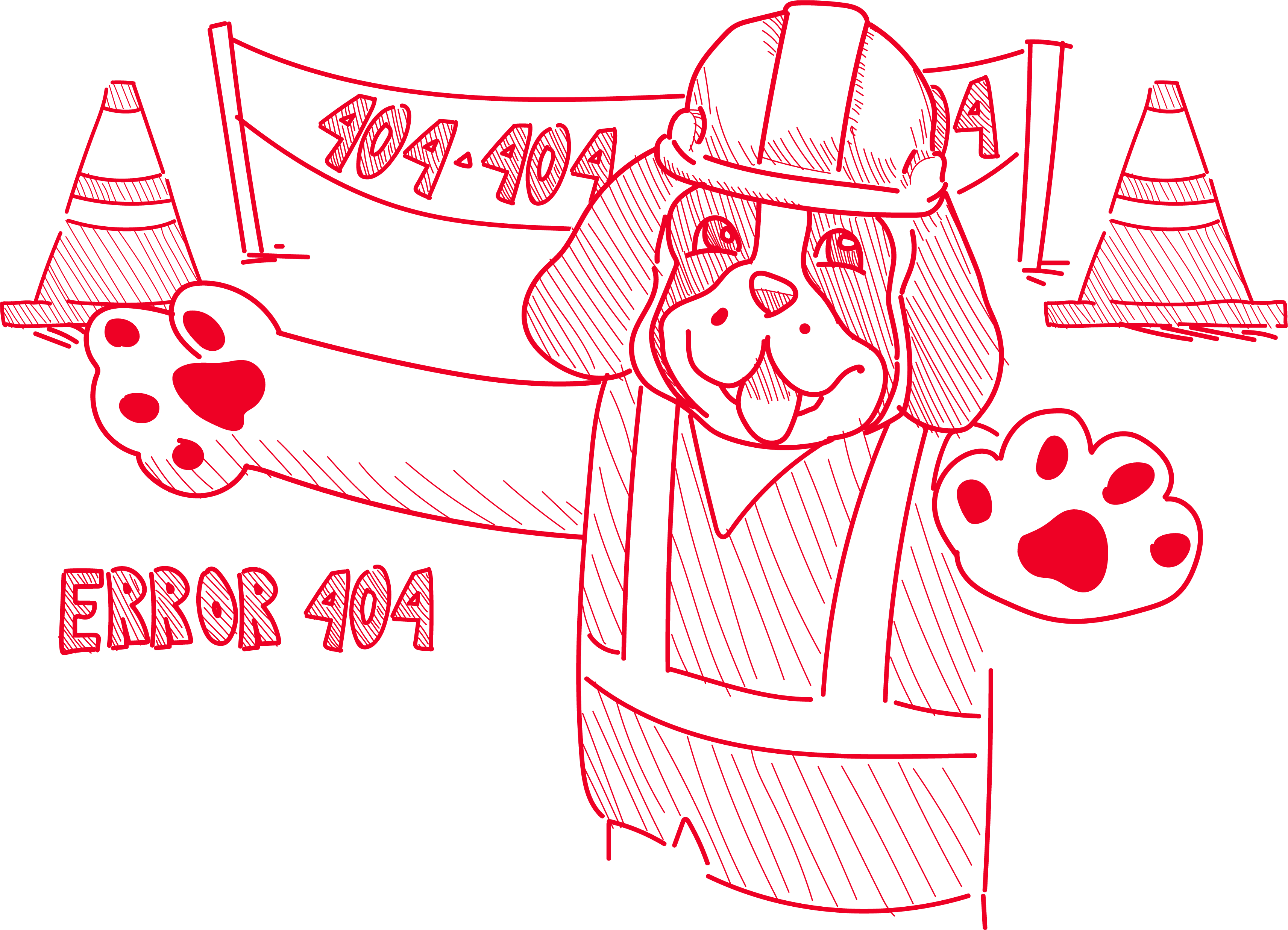
Sorry, Nelson may have buried that page!
However, it's likely you'll find it in the A-Z List or Site Search at the top of this page.
If that doesn't work, please contact our website administrators.

However, it's likely you'll find it in the A-Z List or Site Search at the top of this page.
If that doesn't work, please contact our website administrators.